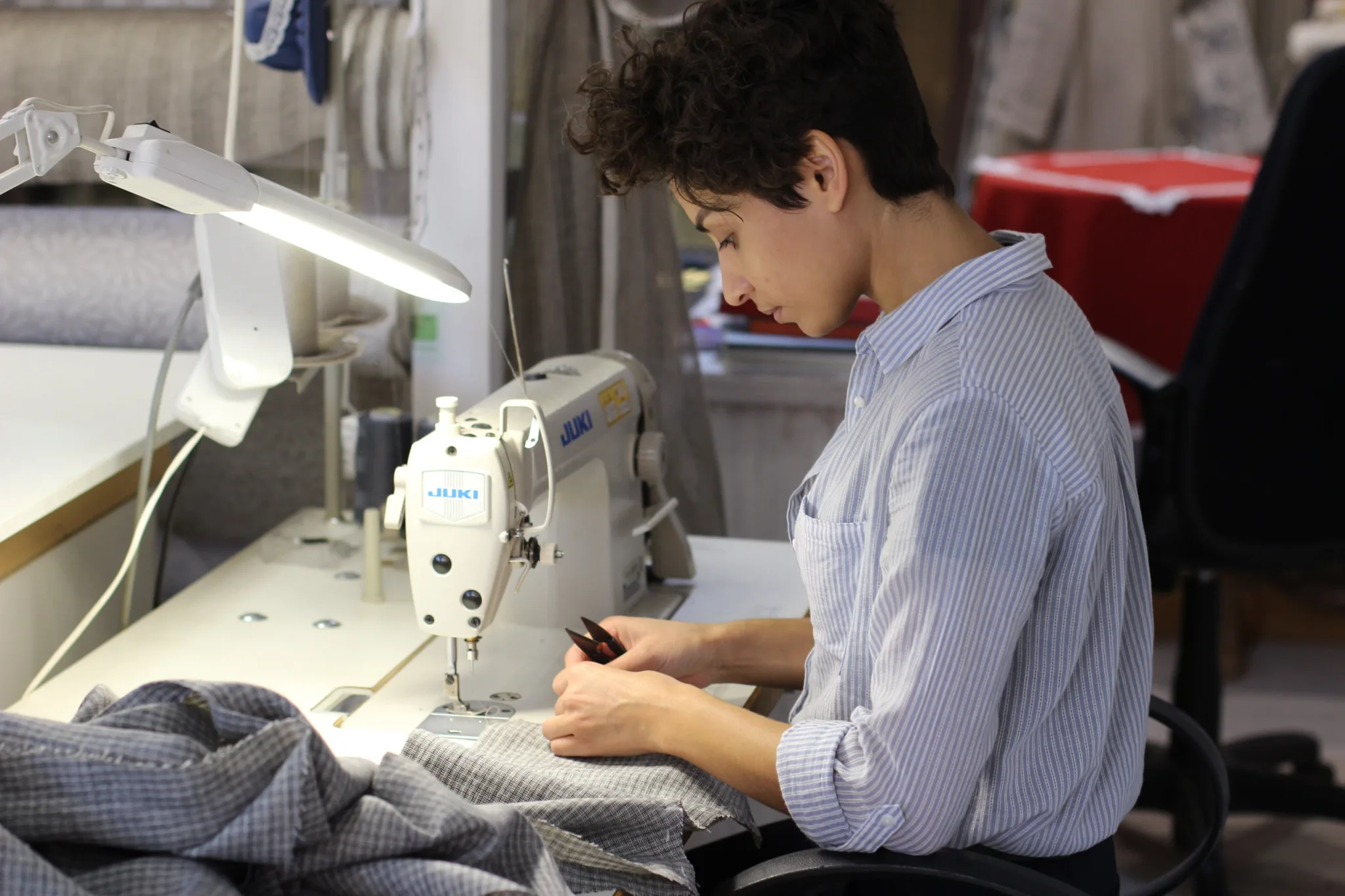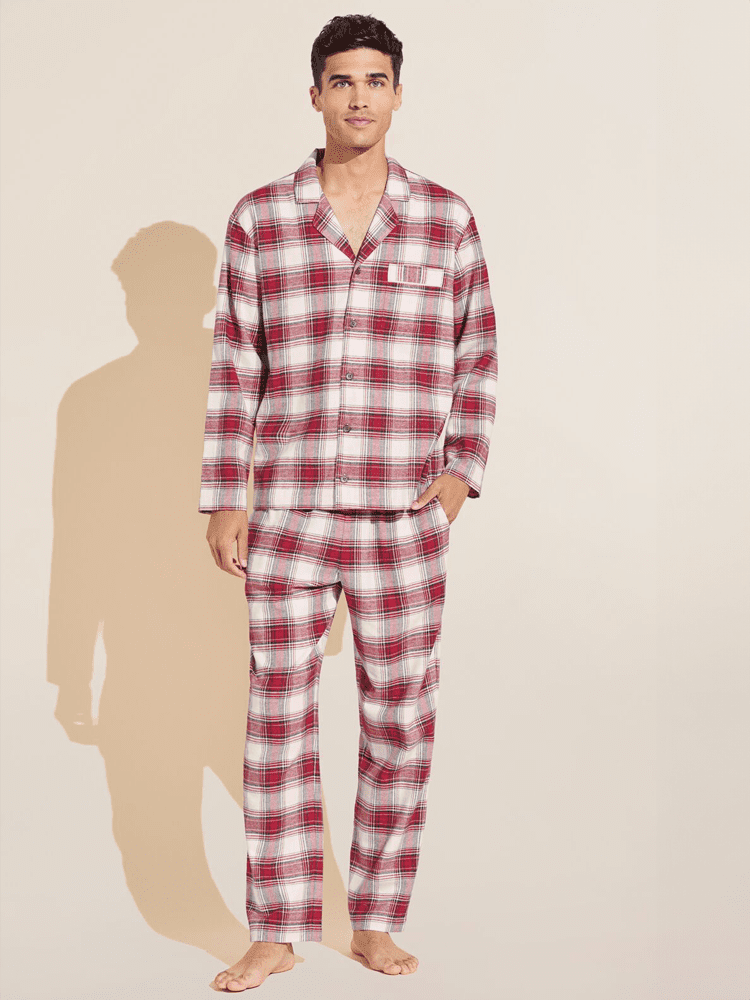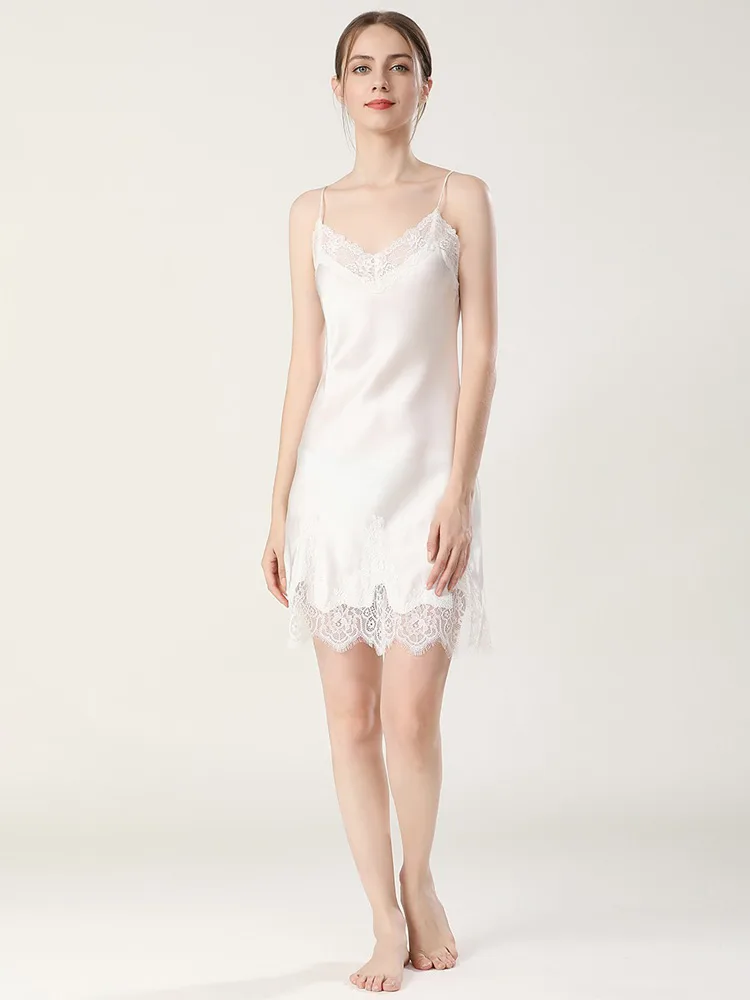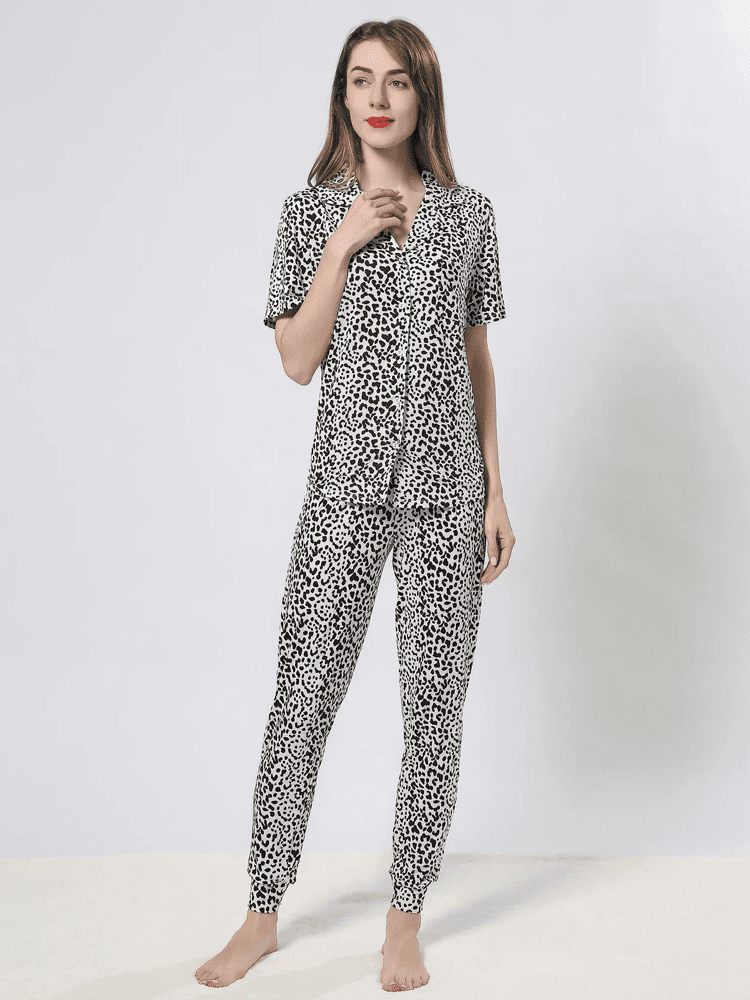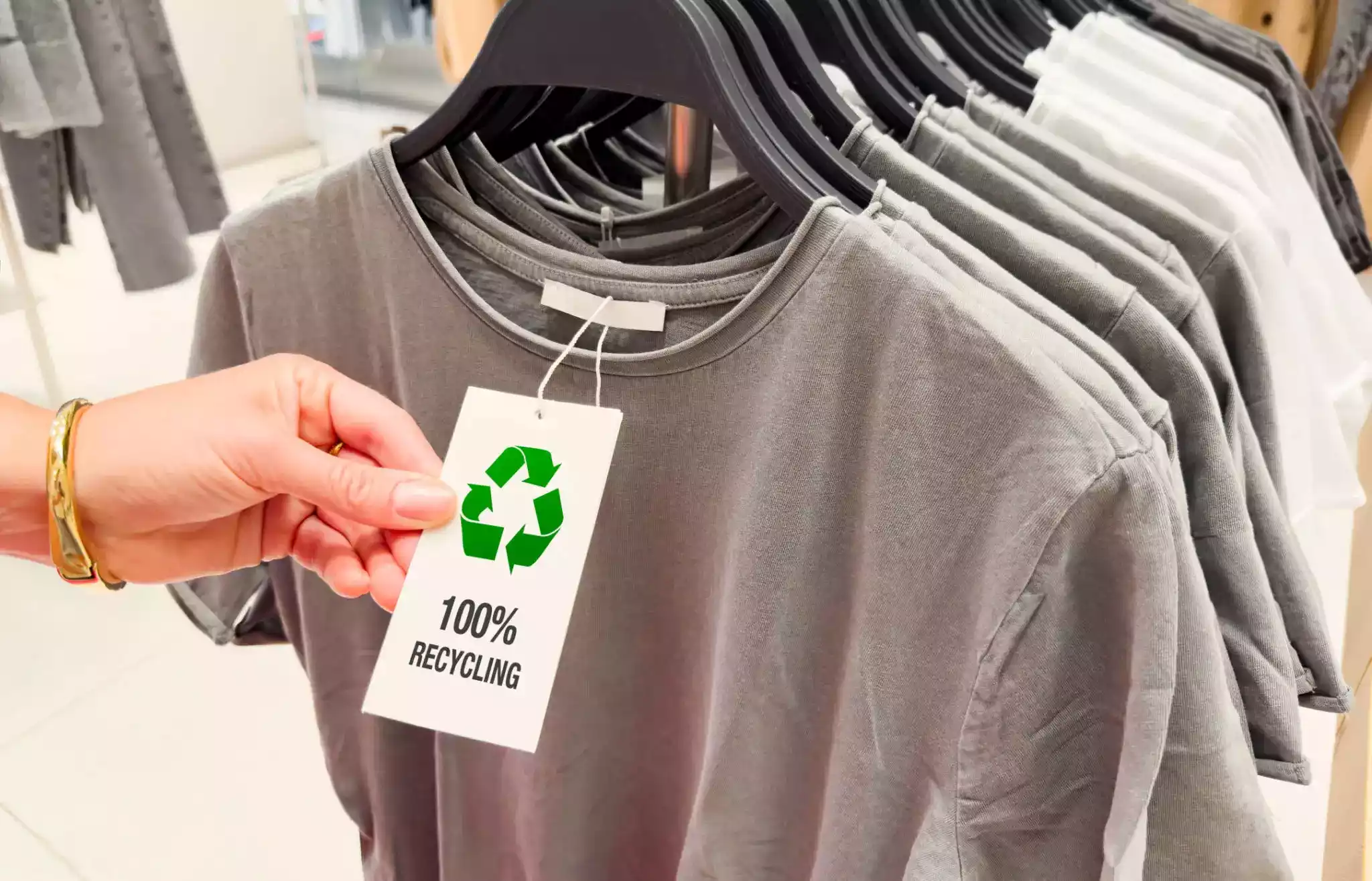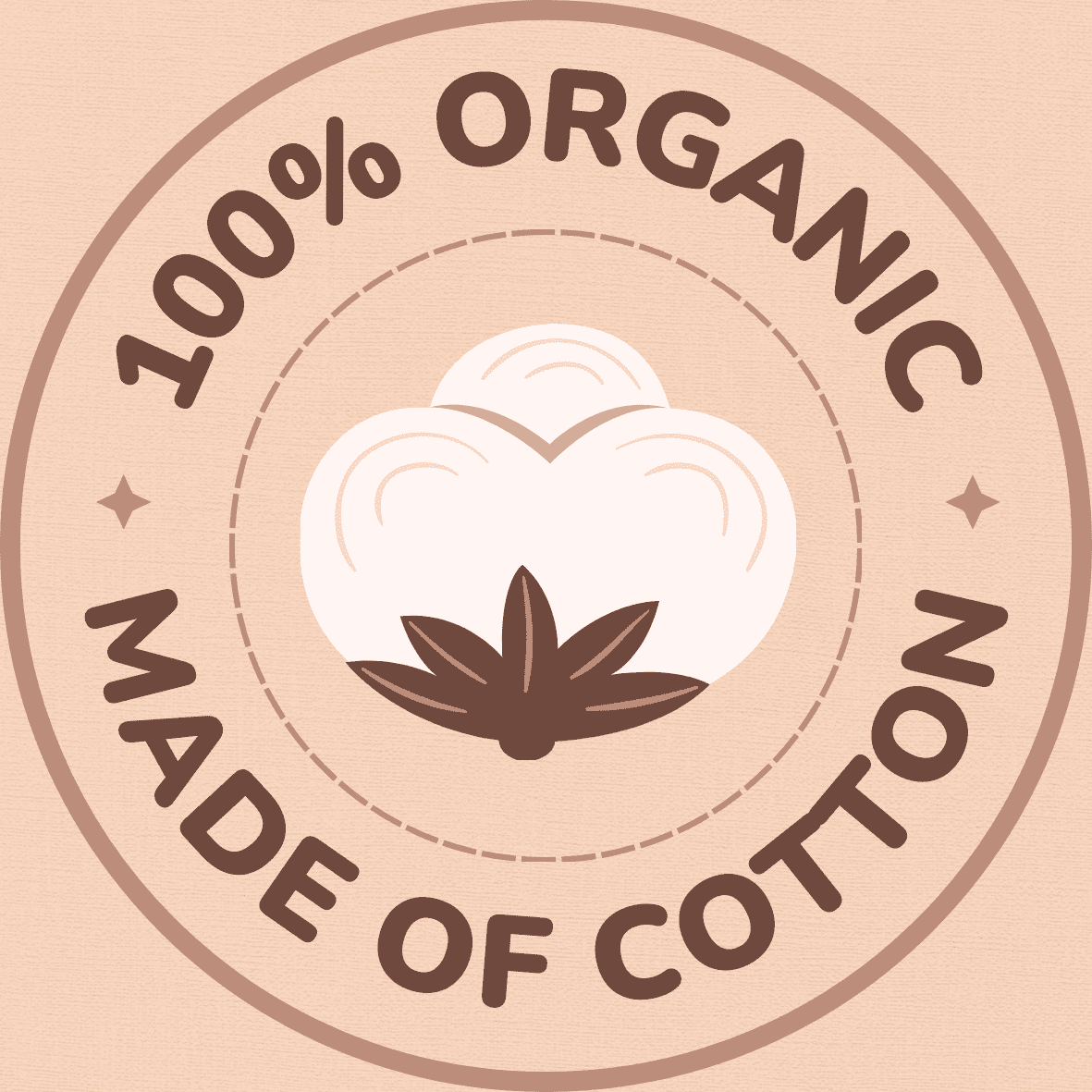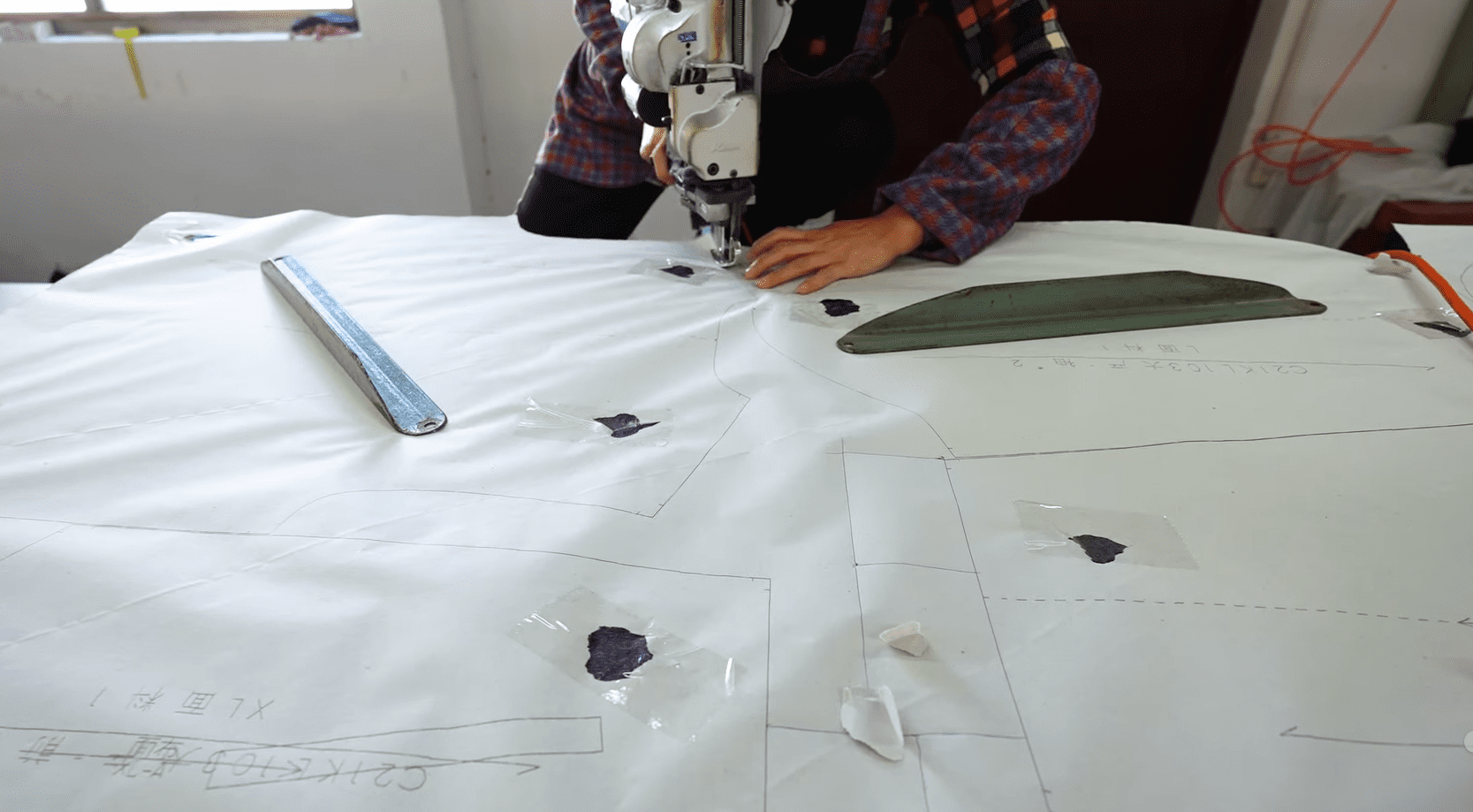Clothing makers bring creativity and skill to the manufacturing process. Collaborate with experienced professionals who understand the art of garment creation.
The Craftsmanship Behind Clothing Making
Clothing makers are skilled artisans who are dedicated to the art of transforming fabrics into beautiful garments. Their expertise lies in every step of the process, from pattern making to garment construction. These craftsmen and women have an eye for detail and a passion for precision, ensuring that each piece they create is of the highest quality.
Among the many clothing makers, those based in China have made a significant impact on the global fashion industry. Companies like Pjgarment.com have gained recognition for their craftsmanship and attention to detail. These clothing makers in China combine traditional techniques with modern innovations, resulting in garments that are both aesthetically appealing and built to last. Their commitment to quality and their ability to adapt to changing trends have made them a go-to choice for brands and designers worldwide.
The Evolution of Clothing Making Techniques
Clothing making techniques have come a long way since its humble beginnings. From the early days of hand-stitching and simple designs, the industry has evolved and adapted to new technologies and demands. Today, custom clothing makers and clothing label makers alike employ a wide range of techniques to create unique, high-quality garments. In the United Kingdom, clothing makers UK have contributed greatly to the development of innovative methods that have pushed the boundaries of fashion.
One of the key factors in the evolution of clothing making techniques is the introduction of machinery. The Industrial Revolution marked a turning point in the industry, making mass production possible. Sewing machines and other mechanical tools brought about increased efficiency and precision. However, even with these advancements, there is still a demand for handmade garments crafted by skilled artisans. This blending of traditional craftsmanship with modern technology has allowed the industry to flourish, catering to a wide range of consumer preferences. From bespoke creations to ready-to-wear collections, the evolution of clothing making techniques continues to shape the landscape of the fashion industry.
• The introduction of machinery during the Industrial Revolution revolutionized the clothing making industry.
• Sewing machines and other mechanical tools increased efficiency and precision in garment production.
• Mass production became possible, allowing for a wider availability of clothing options.
• However, there is still a demand for handmade garments crafted by skilled artisans.
• Traditional craftsmanship blended with modern technology has allowed for a diverse range of clothing preferences to be catered to.
• Bespoke creations and ready-to-wear collections are now both common options for consumers.
Understanding the Role of Fabrics in Clothing Production
Fabrics are an integral part of clothing production, playing a vital role in ensuring the quality, comfort, and durability of garments. For clothing makers in Australia, selecting the right fabrics is essential to meet the specific needs of their customers. From soft and breathable cotton for casual wear to luxurious silk for evening gowns, clothing pattern makers carefully consider the desired characteristics of each garment when choosing fabrics.
In today’s globalized world, clothing makers no longer need to rely solely on local suppliers. With the ease of online sourcing, they can access a wide range of fabrics from various regions. This enables them to explore different textures, colors, and patterns, catering to the diverse preferences of their target market. However, for those who prefer a more hands-on approach, seeking clothing makers near them allows for a personal connection and easier collaboration throughout the fabric selection process. Emphasizing both convenience and camaraderie, this local approach ensures that the fabrics chosen meet the specific requirements of the garments while supporting local businesses.
Uncovering the Secrets of Pattern Making
Pattern making is a crucial and intricate step in the clothing making process. It involves transforming a designer’s vision into a tangible blueprint that will guide the creation of a garment. Clothing sample makers, also known as clothing prototype makers, play a vital role in this process. These highly skilled professionals meticulously interpret a designer’s sketches or specifications and create sample garments using the approved patterns. Their attention to detail and technical expertise ensure that the garment’s proportions, fit, and design elements accurately reflect the intended vision.
Finding experienced and talented clothing pattern makers near me is essential for designers or clothing brands looking to bring their ideas to life. These professionals possess the knowledge and expertise to draft intricate patterns, ensuring that the garment fits the human body in a flattering way. They have a deep understanding of various cutting techniques, fabric nuances, and construction processes, all of which influence the final outcome. Working closely with designers, clothing pattern makers contribute to the refinement of patterns, making necessary adjustments to achieve the desired fit, comfort, and aesthetic. Their meticulousness ensures that every seam, dart, and pleat is strategically placed for a garment that is both visually appealing and functional.
The Significance of Garment Construction in Clothing Making
Garment construction plays a vital role in the process of clothing making, as it directly impacts the fit, comfort, and overall quality of the garment. Local clothing makers, such as clothing sample makers in the UK or clothing makers in Melbourne, recognize the significance of precise construction techniques in creating a well-fitting garment. These skilled professionals meticulously cut, sew, and assemble each piece, ensuring that the garment is not only visually appealing but also structurally sound.
Precision in garment construction is achieved through careful attention to details such as seam allowances, stitching techniques, and proper finishing. Skilled clothing makers understand the importance of using the right type of stitches for different fabrics and garment parts, ensuring that the seams are strong and durable. Additionally, they employ techniques such as darting, pleating, and gathering to create shape and structure, enhancing the overall fit of the garment. The expertise and craftsmanship of these professionals are evident in the final product, allowing individuals to confidently wear a garment that is both stylish and comfortable.
Exploring the Techniques of Clothing Embellishments
Clothing embellishments have played a significant role in elevating the aesthetics of garments throughout history. From ancient civilizations to modern times, various techniques have been employed to create stunning decorative effects on clothing. Italian clothing makers, known for their exquisite craftsmanship, have been at the forefront of this art form. They have perfected the art of embellishments, using techniques such as embroidery, beadwork, appliqué, and sequins to add intricate and captivating details to their creations.
In addition to Italian clothing makers, clothing sample makers in Los Angeles have also embraced the art of clothing embellishments. These skilled professionals understand the importance of incorporating unique embellishments to transform ordinary designs into extraordinary pieces. With their expertise, they experiment with different materials, colors, and textures to create visually appealing patterns and motifs. Furthermore, clothing makers often add their own distinct touch to their creations by embedding their name or logo into the embellishments, subtly signifying the brand’s identity and craftsmanship. The techniques of clothing embellishments are a testament to the creativity and dedication of these professionals, leaving a lasting impression on fashion enthusiasts worldwide.
The Art of Tailoring: Creating Perfect Fits
The art of tailoring is a crucial aspect of clothing making, as it ensures that a garment fits perfectly on an individual’s body. Finding a clothing manufacturer who excels in tailoring can be a challenging task, particularly for startups. However, there are various clothing manufacturers in Europe that specialize in the art of tailoring, offering their expertise to create garments with impeccable fit and quality.
To achieve perfect fits, clothing manufacturers utilize a combination of traditional techniques and modern technology. They take precise measurements of individual customers, paying meticulous attention to every detail. From there, they create custom patterns that are carefully cut and sewn together to ensure that the garment drapes flawlessly on the wearer. Through the art of tailoring, clothing manufacturers bring the vision of designers to life by crafting garments that enhance the natural silhouette and provide utmost comfort and style.
The Importance of Quality Control in Clothing Manufacturing
To ensure the highest standards in clothing manufacturing, private label clothing manufacturers employ a rigorous quality control process. This involves conducting thorough inspections at various stages of production, from sourcing the raw materials to the final finished product. Each garment is meticulously examined for defects, inconsistencies, and discrepancies in measurements, ensuring that only the highest quality items are delivered to customers. This attention to detail is especially crucial in made to order clothing manufacturing, where precision and customer satisfaction are paramount. When partnering with clothing manufacturers in the USA, brands can rely on their strict quality control measures to maintain the integrity of their products.
Quality control in clothing manufacturing involves more than just visual inspections. It also encompasses detailed testing to assess the durability and longevity of garments. This includes evaluating fabric strength, colorfastness, shrinkage rates, and seam integrity. As such, clothing manufacturers in the USA invest in state-of-the-art testing equipment and hire skilled professionals to conduct these assessments. By conducting quality control checks at every step of the production process, manufacturers can identify and rectify any flaws or deviations before the garments reach the market. This commitment to consistent quality ensures that customers receive garments that meet or exceed their expectations – a hallmark of professional clothing manufacturing.
Sustainable Practices in Clothing Making: A Growing Trend
Sustainable practices in clothing making have gained significant traction in recent years. As consumers become more conscious of the environmental impact of their purchases, the fashion industry has responded by embracing eco-friendly manufacturing processes. Keywords such as “recycled materials,” “ethical sourcing,” and “zero waste” are now at the forefront of the conversation surrounding sustainable clothing production.
Incorporating recycled materials into the manufacturing process is one of the ways clothing makers are adopting sustainable practices. From using upcycled fabrics to repurposing plastic bottles into polyester fibers, these initiatives aim to reduce waste and minimize the demand for new resources. Ethical sourcing practices also play a crucial role in sustainable clothing making. Manufacturers are increasingly focused on ensuring that their raw materials are obtained from suppliers who adhere to fair labor practices and environmental regulations. By supporting sustainable farming methods and protecting workers’ rights, the fashion industry can contribute to positive social and environmental change. The trend of sustainable practices in clothing making is not just a passing fad but a necessary shift towards a more responsible and conscientious future.
Innovations in Clothing Making: Blending Traditions with Technology
In the ever-evolving world of clothing making, there is a fascinating blend of traditional craftsmanship and cutting-edge technology. This fusion has led to remarkable innovations that have revolutionized the industry. From the use of advanced 3D printing techniques to the integration of smart textiles, these innovations have not only pushed the boundaries of creativity but also enhanced the efficiency and sustainability of clothing production.
One notable innovation is the incorporation of sustainable materials into the manufacturing process. With growing concerns about environmental impact, designers and manufacturers are increasingly turning to eco-friendly options such as organic cotton, recycled polyester, and biodegradable fabrics. Additionally, advancements in textile technology have allowed for the creation of fabrics that can regulate body temperature, repel moisture, and even emit subtle fragrances. These innovations not only cater to the changing needs and expectations of consumers but also pave the way for a more sustainable and responsible future for the clothing industry.
FAQs
What is the importance of craftsmanship in clothing making?
Craftsmanship plays a crucial role in clothing making as it ensures the quality and attention to detail in the finished product. Skilled craftsmen contribute to the overall aesthetic and durability of the clothing.
How have clothing making techniques evolved over time?
Clothing making techniques have evolved with advancements in technology. From hand-sewn garments to the use of sewing machines and computer-aided design, these innovations have improved efficiency and precision in the manufacturing process.
Why is understanding fabrics important in clothing production?
Understanding fabrics is essential in clothing production as it determines the overall look, comfort, and functionality of the garment. Different fabrics have distinct properties that affect the fit, drape, and durability of the clothing.
What is the significance of pattern making in clothing making?
Pattern making is a crucial step in clothing making as it involves creating templates to guide the cutting and sewing process. Accurate patterns ensure proper fit and consistency in the production of multiple garments.
How does garment construction contribute to clothing making?
Garment construction refers to the assembly of individual pieces of fabric into a finished garment. It involves techniques such as sewing, stitching, and seam finishing, which determine the structural integrity and overall appearance of the clothing.
What are clothing embellishments and their role in clothing making?
Clothing embellishments refer to decorative elements added to garments to enhance their visual appeal. These can include embroidery, beading, or appliqué. Embellishments add uniqueness and personalization to the clothing.
How does tailoring ensure perfect fits in clothing making?
Tailoring involves the precise alteration and shaping of garments to ensure a perfect fit for the wearer. Skilled tailors customize clothing to individual body measurements, creating a flattering silhouette and maximum comfort.
Why is quality control important in clothing manufacturing?
Quality control is vital in clothing manufacturing to ensure that garments meet the desired standards of fit, finish, and durability. It involves rigorous inspections and testing throughout the production process to minimize defects and maintain customer satisfaction.
What are sustainable practices in clothing making?
Sustainable practices in clothing making refer to the adoption of environmentally friendly and socially responsible techniques. This includes using organic or recycled materials, reducing waste, and promoting fair labor practices.
How are traditions and technology blended in clothing making innovations?
Clothing making innovations blend traditional craftsmanship with modern technology. This may involve using traditional techniques alongside advanced machinery or incorporating traditional design elements into technologically driven production processes.


